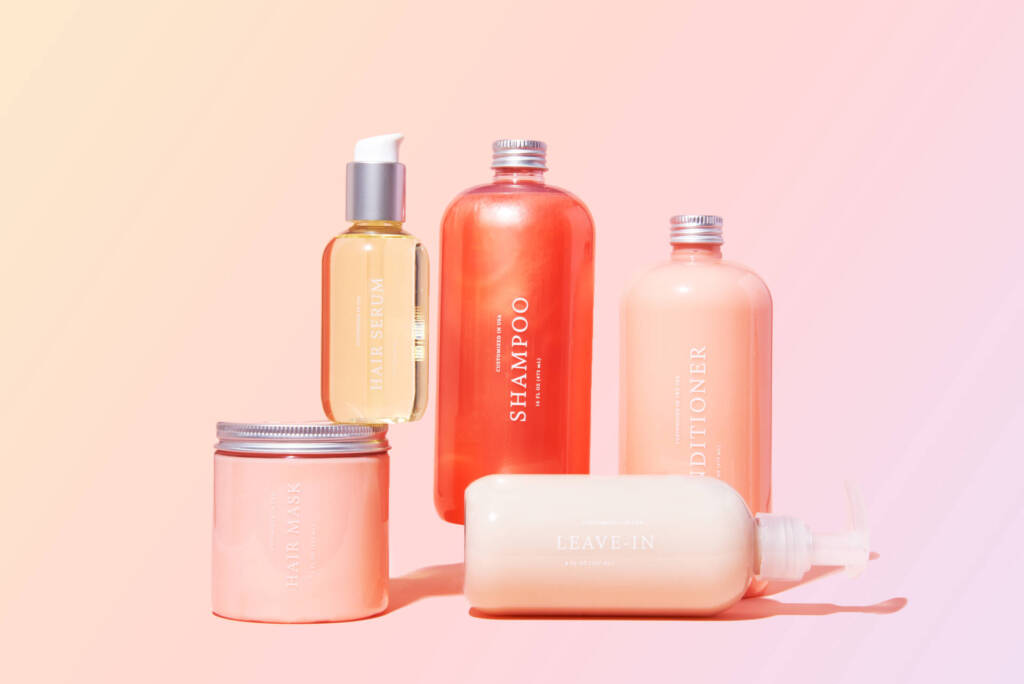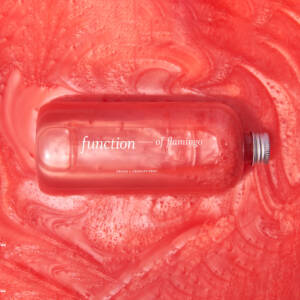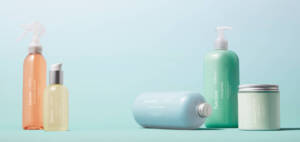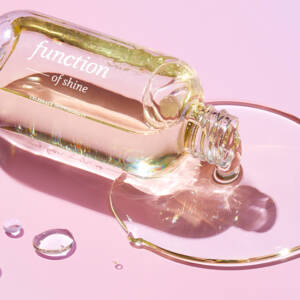Welcome to Ask the Lab, a monthly feature where we get our world-class team of chemists, data scientists, and all-around hair care experts to answer your most pressing hair-related questions right here on The Trim. Desperate to know how to tame your year-round frizz? Curious about certain hair care ingredients? Interested to find out what’s causing your itchy scalp? Let us know by DMing us on Instagram at @functionofbeauty and if selected, we’ll pass your question along to our team of hair nerds so that you can get all of the reliable hair care advice you need and none of the BS you don’t.
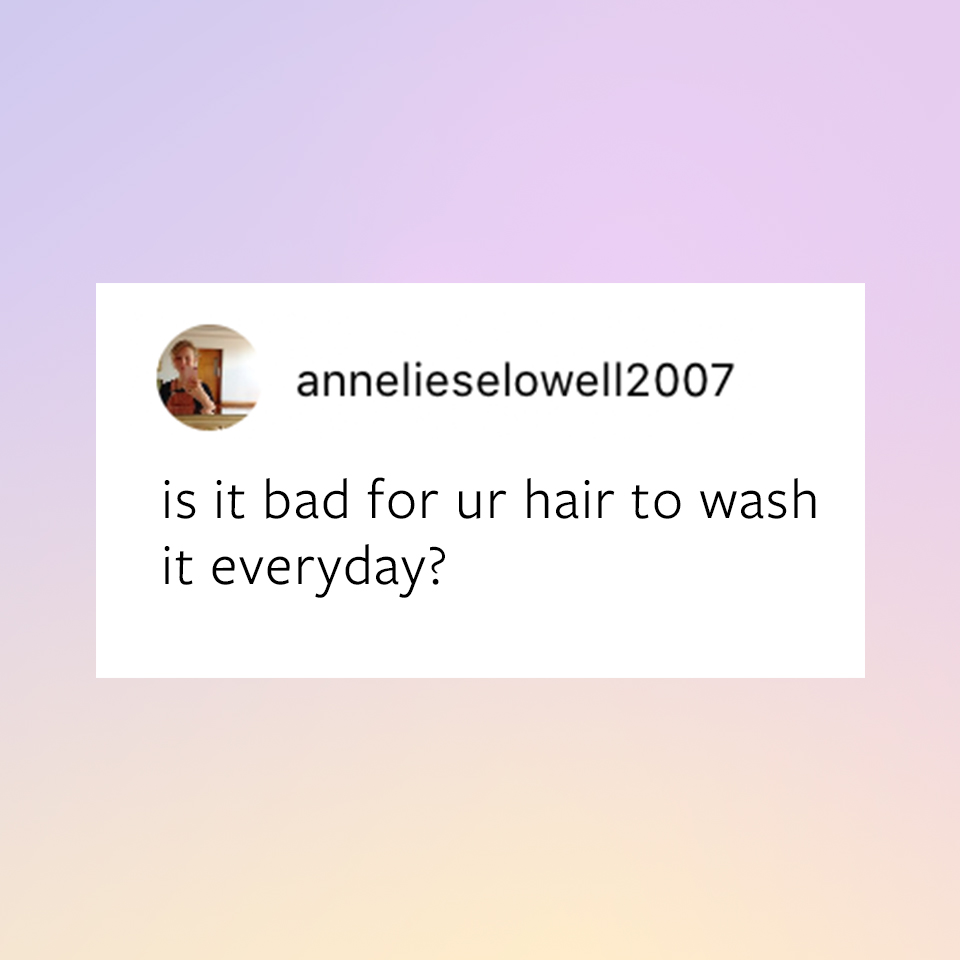
First, let’s discuss the role of shampoo and why it’s essential to cleanse the scalp and hair properly. Throughout our daily lives, our hair is exposed to a multitude of various conditions that coat our hair with debris. This, along with the natural oil produced by our sebaceous glands and build-up of hair care products, can make our hair look flat and limp or feel greasy and unclean. The longer we go without shampooing, the more oil starts to build-up on our scalp and hair, which can negatively impact our overall hair health. While rinsing with water will wash away some of the more visible dirt and debris, it will not clean or remove the build-up of oil, which is why we need to use shampoo to help strip away that excess oil build-up so that our hair can stay fresh and clean. That said, the natural oils that your body produces are also essential to keeping your hair healthy and hydrated, which is why it’s crucial not to over-wash or strip your hair of these oils.
As for how often you should shampoo your hair, it’s important to note that there is no one right answer, as it varies from person to person. Finding the best wash schedule for your hair can be determined mostly by your personal preference, how much hair product you use, your hair type, and your scalp condition. Still, if you’re looking for a little added guidance, here are some general guidelines that you can follow to help find the right balance.
- Normal hair/scalp: Shampoo 1-3 times a week to ensure sebum production remains balanced.
- Dry hair/scalp: To help reduce damage to your hair, it’s recommended that you shampoo no more than once every 2-3 days. This will allow the sebum to coat the hair and help keep it moisturized and healthy.
- Oily hair/scalp: While shampooing can be done more frequently, even those with an extremely oily scalp or hair should be wary of over-washing as shampooing every day can still cause stress to the hair strands and cause your scalp to overproduce sebum. If you happen to have an oily scalp but your ends are fine, you can try to lather just the roots to ensure your ends stay moisturized. If both your hair and scalp get oily less than 24-hours after cleansing and you feel the need to shampoo the next day, make sure to use a hydrating, yet lightweight, shampoo to help keep the moisture locked in (our hydrate hair goal is a great option!).
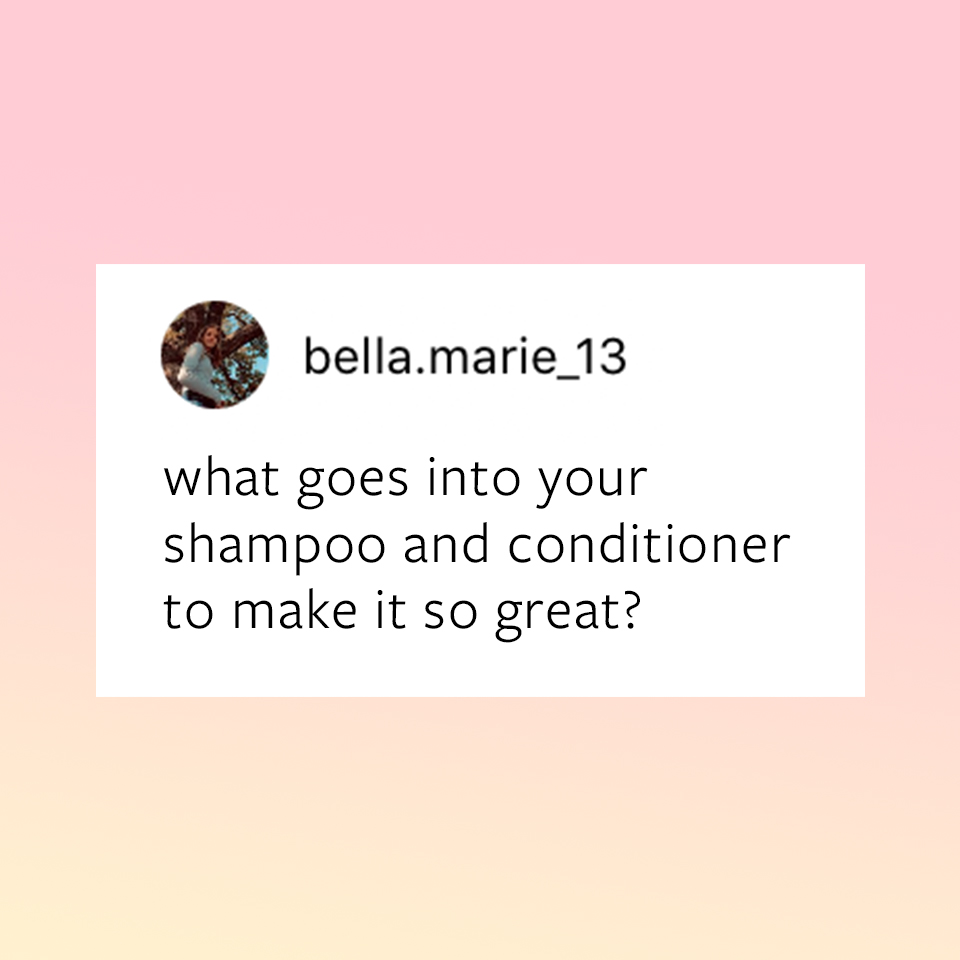
We’re happy to hear that you love your formula! While each of the formulas that we make is 100% made-to-order and customized according to each person’s individual hair profile, there are a few key ingredients that we use in each of our products to help keep your hair healthy, hydrated, and well-conditioned. Below is a list of some of our star ingredients (all of which are 100% vegan and cruelty-free!):
- Cationic pro-vitamin B-5 (panthenol) delivers intense moisture to the hair to help provide manageability and body, improved combing, and a healthier-looking appearance. It also imparts shine and silkiness to hair and helps to decrease potential damage.
- Betaine is an amino acid derivative that is able to deeply penetrate the hair cortex to help improve hair strength, reduce frizz by providing better fiber alignment, and promote overall scalp health.
- Inulin forms a smooth film around the hair, leaving it softer and smoother, while also helping to retain its natural shine.
- Avocado Oil deeply conditions the hair to help reduce hair breakage and frizz, while also protecting against heat damage.
- Argan Oil promotes overall hair health by increasing the hair’s moisture content and elasticity, combating frizz, and protecting against damage.
- Panthenyl Ethyl Ether is a long-lasting moisturizer that helps prevent hair damage by improving the hair’s resistance to mechanical stress. It also helps to thicken hair and improves its luster and sheen.
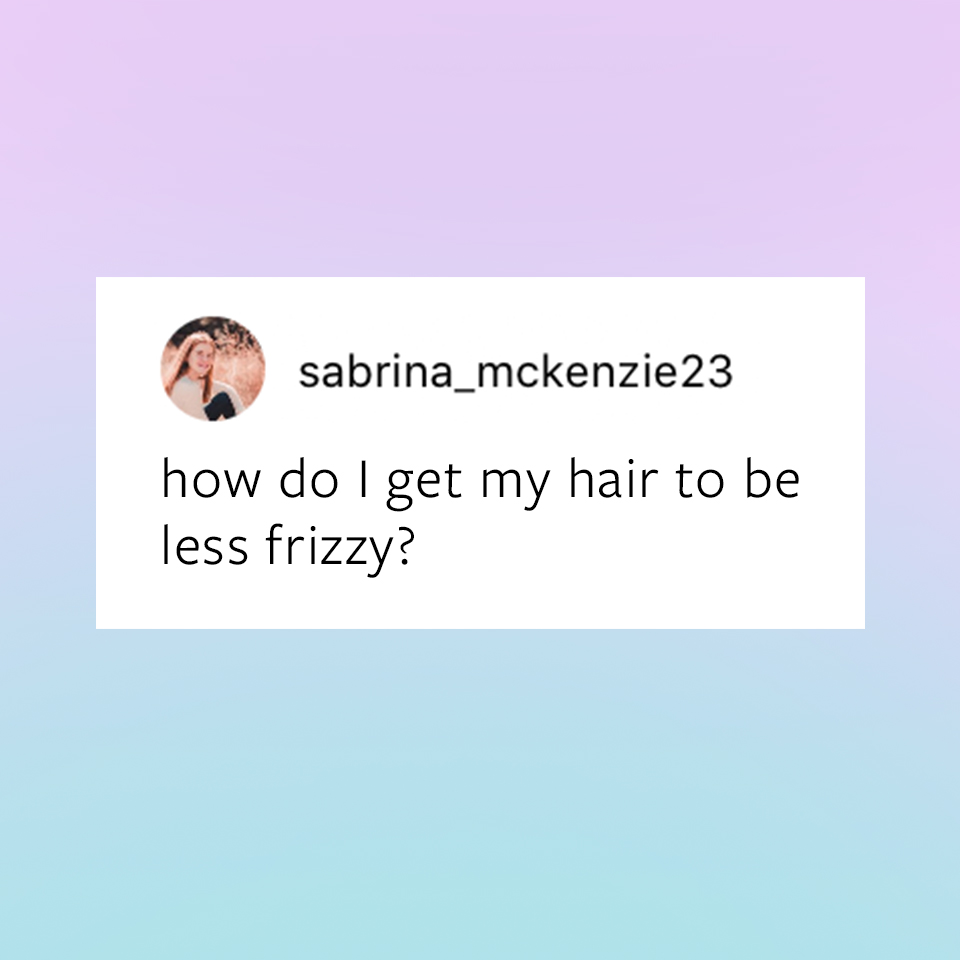
Just like with most concerns about hair, frizz is the result of the cuticles on the hair strands being open, allowing for moisture to flow freely in and out of the hair. This isn’t the only cause as curly hair tends to have more open cuticles than straight hair, but most frizz is the result of dry or damaged hair. There is also a difference between hair frizz and static, even though they might look the same.
Frizzy hair is caused by the cuticle becoming lifted (most likely due to damage) and drawing in moisture from the surrounding environment, causing it to swell up.
Staticky hair is also caused by the cuticle being damaged. In this case however, it can cause uneven sebum buildup, resulting in unbalanced electrical charges along the hair strands. The unbalanced electrical charges cause electron transfer when the strands rub against each other, thus causing staticky hair. This can also happen during dry winter weather if your hair is suffering from a lack of moisture.
So how do we tackle these issues?
- For frizz – Since the sis caused by excess moisture in the air, we need to coat the strands to ensure moisture doesn’t penetrate the hair. Applying our custom hair serum is a fantastic solution as it is designed to coat hair with protectants (like silicones and oils) that help lock in moisture and keep strands polished and smooth without being weighed down.
- For static – Staticky hair has the opposite issue as frizz, and actually needs more moisture brought into the hair. Adding our custom hair mask and leave-in treatment (especially when formulated with the deep condition and hydrate hair goals) to your repertoire will do wonders for combating staticky hair. The conditioning agents and nourishing ingredients in these products are designed to adhere to and deeply penetrate the hair, providing much-needed moisture within the hair so that it is better able to maintain its moisture content. We recommend applying your custom hair mask once a week and using leave-in treatment any time your hair is in need of some added moisture, shine, or softness.
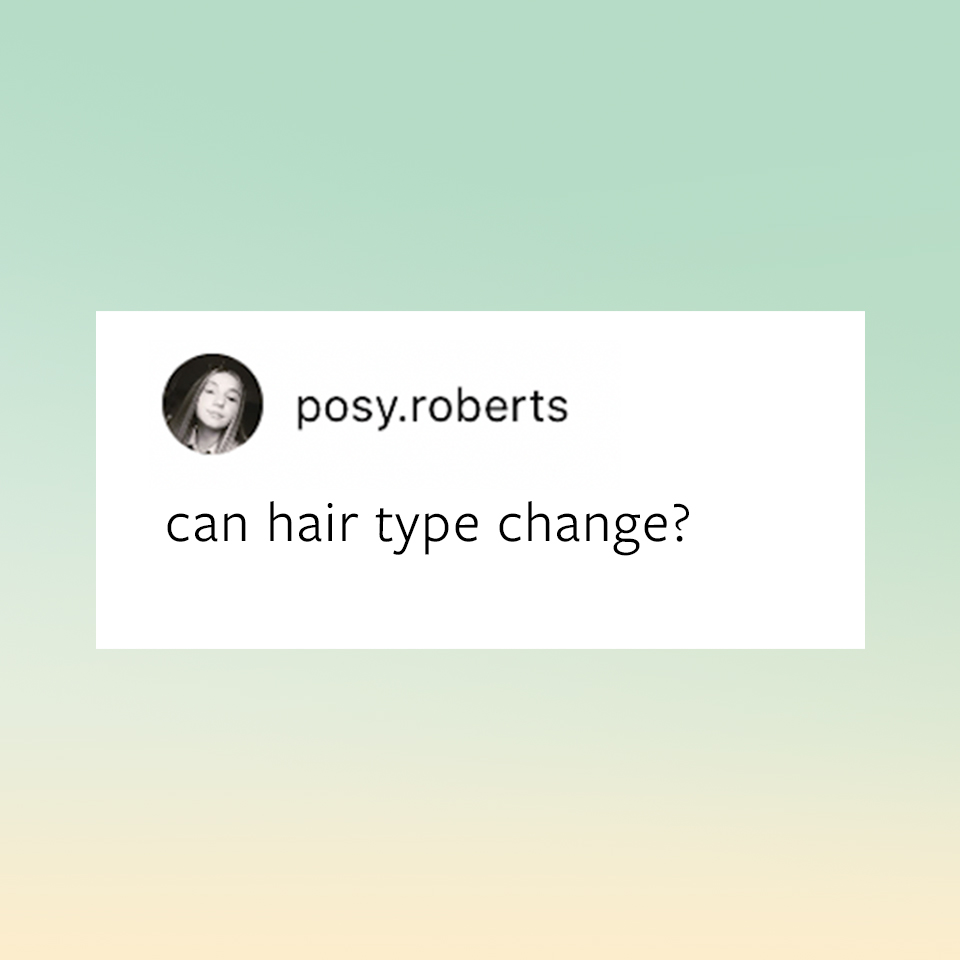
Short answer: Yes! Multiple times in fact.
As we age, our bodies go through changes and our hair is no different. Hair can go through changes in color, thickness, and shape throughout various stages of our lives—most notably during major hormonal-related stages such as puberty, pregnancy, and menopause. These changes occur mostly in the hair follicle, as that is where the only living part of the hair actually exists, and are typically caused by either biochemical or hormonal factors. The hair follicle is also what’s responsible for determining the texture of your hair. A rounder, more open follicle will produce straighter hair, while follicles that are more oval will result in curlier hair. Each follicle is also responsible for producing multiple strands, which means that our hair essentially grows in “bundles.” Every few years or so, those bundles “reset,” so that gradually, they start to lose strands, which explains the thinning or textural changes that some women experience as they get older.
Some other factors that have the capability of changing your hair include:
-
- Estrogen: When estrogen levels drop (most notably during menopause) a larger number of hair follicles enter a “resting” phase. This results in more hair falling out, which can cause thinning and possibly even balding patches. On the other hand, when estrogen levels increase (most commonly during pregnancy), the hair follicles are sent an increasing number of signals to “grow.” This, along with increased blood flow, results in women having fuller, thicker hair while being pregnant. It’s also the reason why many women experience hair thinning in the months after giving birth as their estrogen levels decrease to their original pre-pregnancy state.
- Androgen: This hormone is essential to hair growth at normal levels in both sexes. However, when androgen activity increases, it can lead to a shortening of the anagen (a.k.a hair growth phase), thus lengthening the amount of time after hair sheds before another anagen phase begins. This means that your hair may take longer to grow back after it sheds. Additionally, the follicles themselves may start to shrink, thus producing shorter, thinner hair strands.
- Genes: Our genes are at least partly responsible for the shape of our hair follicles and in turn, help to determine what kind of hair we’ll have. These genes can be “turned on or off” by hormones (among other factors) and when that happens, your round follicles can turn into a more oval shape thus giving you wavy/curly hair instead of straight hair and vice versa. These changes can either be temporary or permanent.

